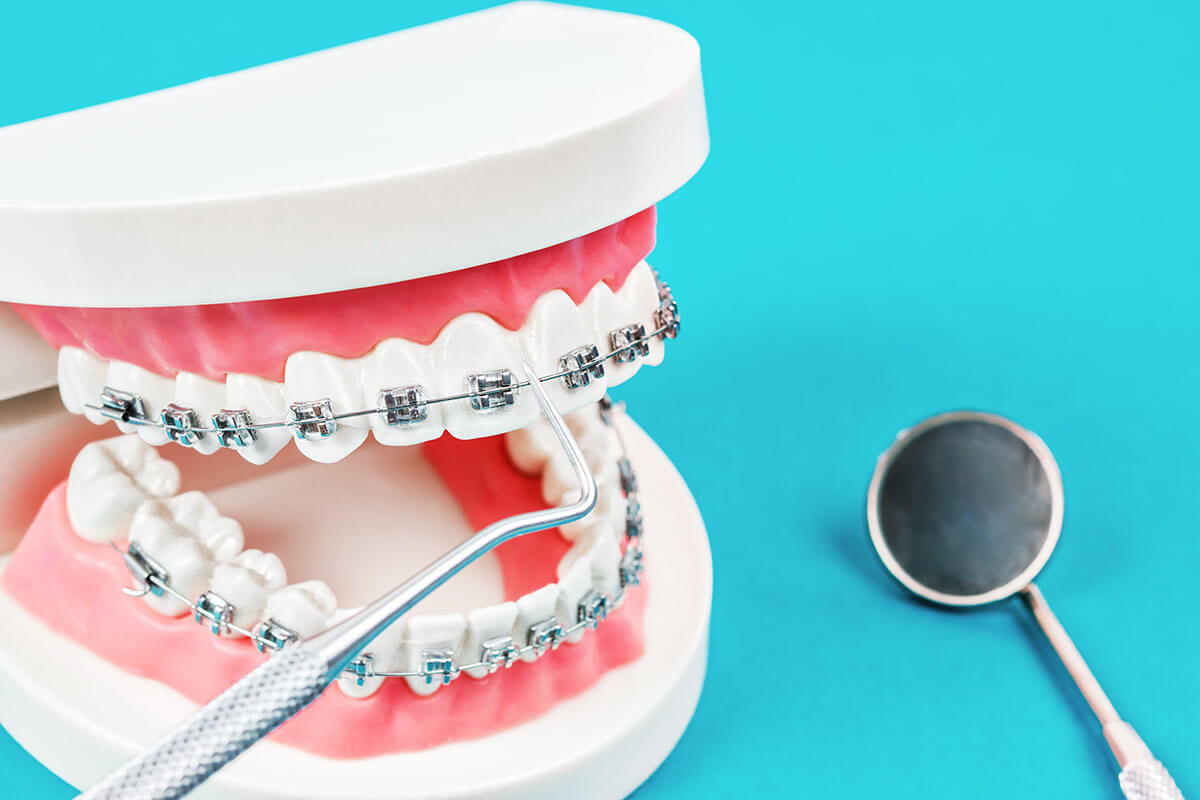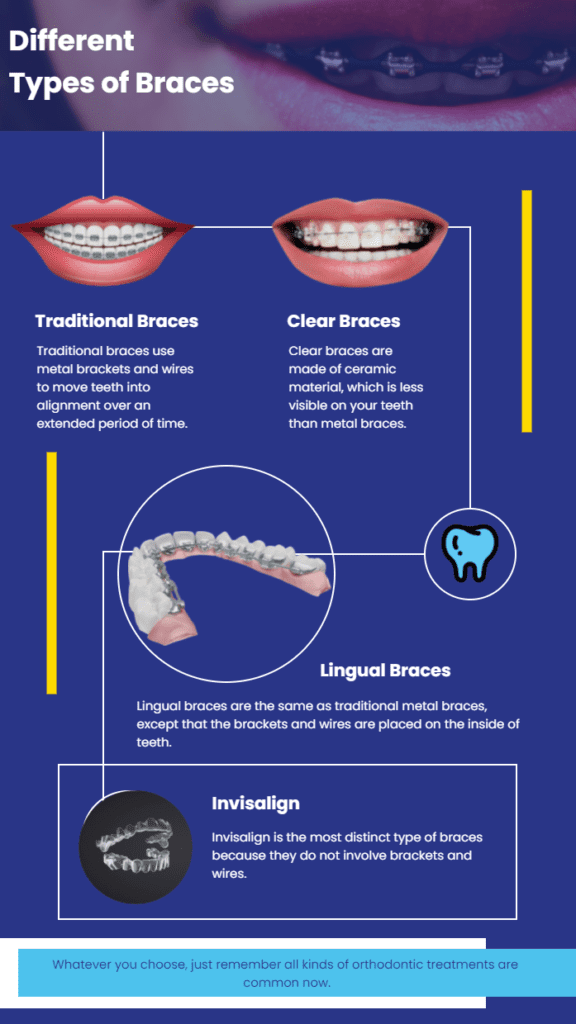Comprehensive Guide to Orthodontics Treatments for Remedying Dental Misalignments
In the world of orthodontics, the journey to achieving a flawlessly straightened smile includes a myriad of treatments customized to fix oral misalignments. From conventional braces to unseen aligners and even surgical alternatives, the field of orthodontics supplies a variety of services to address varying levels of dental abnormalities. Comprehending the intricacies of each treatment, including their mechanisms, advantages, and prospective downsides, is important in making informed choices regarding one's orthodontic treatment. As we navigate through the thorough overview to orthodontic procedures for dealing with dental imbalances, the intricate details of each approach will unfold, losing light on the path toward a unified and functional oral positioning.
Orthodontic Procedures Overview

Along with conventional dental braces and clear aligners, orthodontists may also suggest various other interventions like headwear, palatal expanders, or retainers to deal with details placement issues (cumming aligners). These treatments are customized to each client's special needs and may entail a mix of treatments to accomplish the wanted results. Routine modifications and surveillance are important components of orthodontic therapy to ensure development gets on track and to make any kind of necessary adjustments along the method. By undertaking orthodontic procedures, clients can not only accomplish a straighter grin yet also improve their general dental wellness and feature.
Standard Dental Braces: Exactly How They Work
When thinking about orthodontic therapies for oral misalignments, standard braces stand out as a tried and true method for fixing teeth placing. Standard dental braces consist of braces, cords, and bands that work together to use continuous stress on the teeth, slowly moving them into the desired placement.
As stress is used to the teeth with the braces, the bone bordering the teeth is reshaped to sustain the brand-new tooth placements. People will need normal modifications at the orthodontist's office to make certain the braces proceed to apply the right pressure for efficient teeth motion.
Invisible Aligners: Benefits And Drawbacks
These clear, custom-made trays are practically invisible when put on, making them an appealing option for people looking for an extra aesthetically pleasing orthodontic therapy. Individuals can get rid of the aligners before consuming or cleaning their teeth, decreasing the danger of food getting stuck in the appliance and simplifying the cleansing process.

Surgical Orthodontic Options
Surgical treatments in orthodontics present viable options for resolving intricate dental misalignments that might not be properly resolved through conventional orthodontic treatments. While conventional dental braces and unseen aligners can fix numerous orthodontic problems, specific instances call for medical treatment to accomplish ideal results. Surgical orthodontic options are commonly advised for serious malocclusions, substantial jaw inconsistencies, and instances where the underlying bone framework needs adjustment to accomplish proper alignment.
One usual surgical orthodontic treatment is orthognathic surgery, which involves repositioning the jaws to remedy practical problems such as problem speaking or eating. This surgical treatment is usually carried out in collaboration with an orthodontist who helps straighten the teeth why become a dentist prior to and after the procedure. Surgical orthodontics may additionally involve procedures to subject affected teeth, remove excess gum tissue, or improve the jawbone to develop a more unified face account.
Prior to taking into consideration medical orthodontic alternatives, clients undertake an extensive analysis to determine the need and prospective advantages of such interventions. cumming orthodontist. While surgery may seem overwhelming, it can significantly boost both the function and appearances of the smile in cases where traditional orthodontic therapies drop short
Retainers and Post-Treatment Care

Post-treatment care involves adhering to the orthodontist's instructions diligently. This might include appropriate oral hygiene techniques, attending follow-up consultations, and putting on the retainers as prescribed. Failure to adhere to post-treatment care instructions can result in relapse, where the teeth progressively relocate back towards their initial positions. Regular retainer wear, good dental health, and routine dental exams are vital for preserving the outcomes accomplished through orthodontic surgical procedure and ensuring the long-lasting security of the remedied oral placement.
Final Thought
In conclusion, orthodontic procedures provide numerous options for correcting dental misalignments. Surgical orthodontic options are available for extra severe imbalances. Generally, orthodontic treatments can efficiently enhance dental health and visual appearance.
As we browse through the detailed overview to orthodontic procedures for remedying dental misalignments, the detailed look here details of each technique will certainly unfold, shedding light on the path toward a useful and harmonious oral placement. - orthodontist
One of the most typical orthodontic treatments is the use of braces, which are composed of steel brackets and cables that use gentle stress to progressively move teeth right into the preferred setting.When taking into consideration orthodontic therapies for dental misalignments, standard braces stand out as a time-tested method for remedying teeth positioning. Additionally, site unseen aligners might not be appropriate for intricate orthodontic concerns that need more considerable teeth motion, as they are usually advised for moderate to modest cases. Retainers are tailor-made orthodontic gadgets made to hold teeth in their fixed positions after the completion of orthodontic therapy.